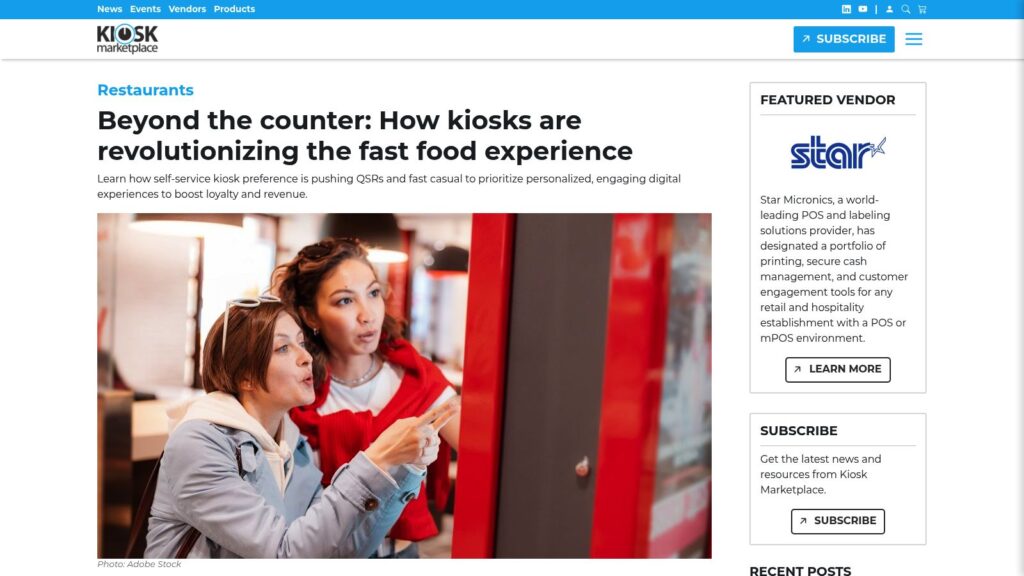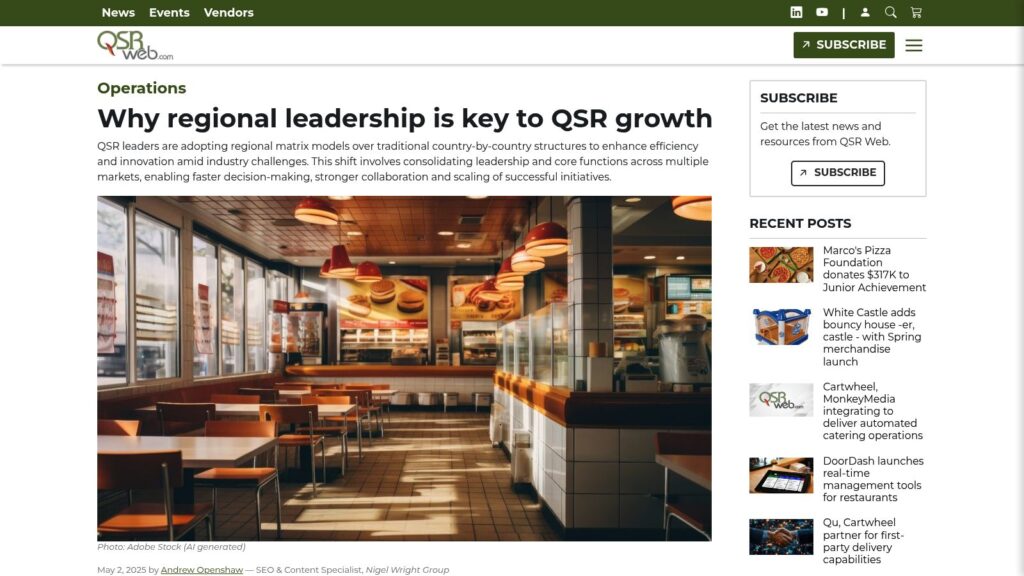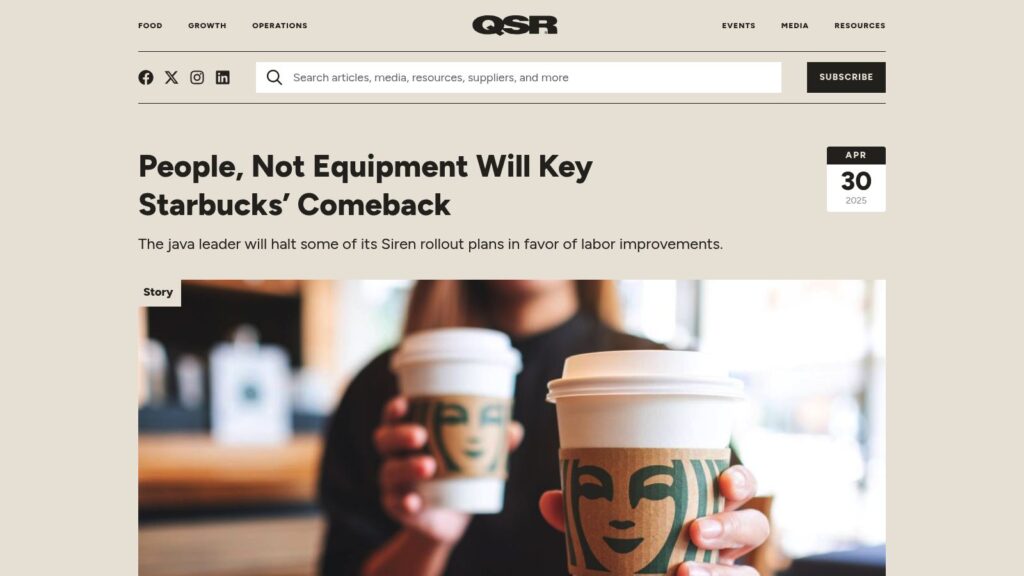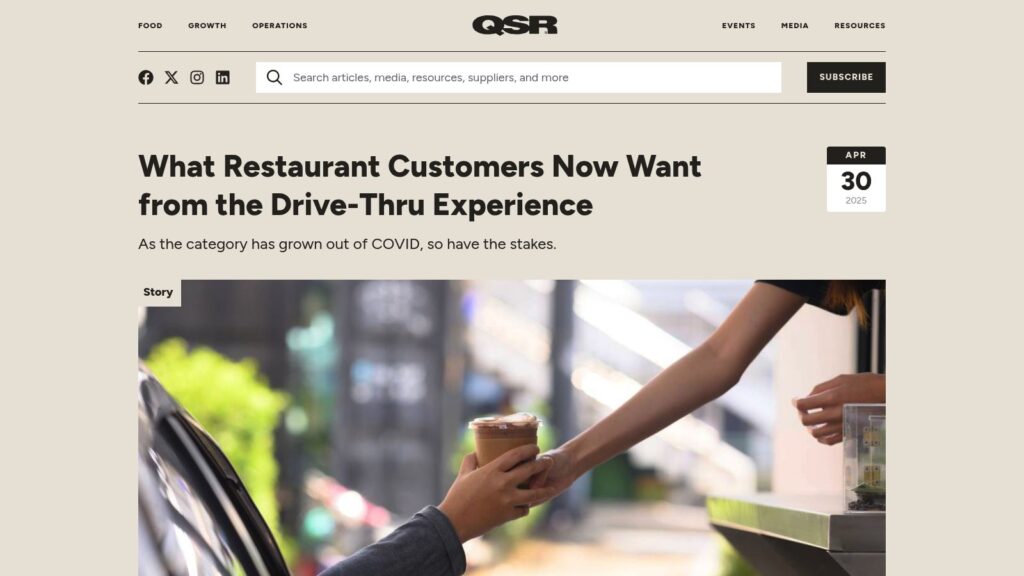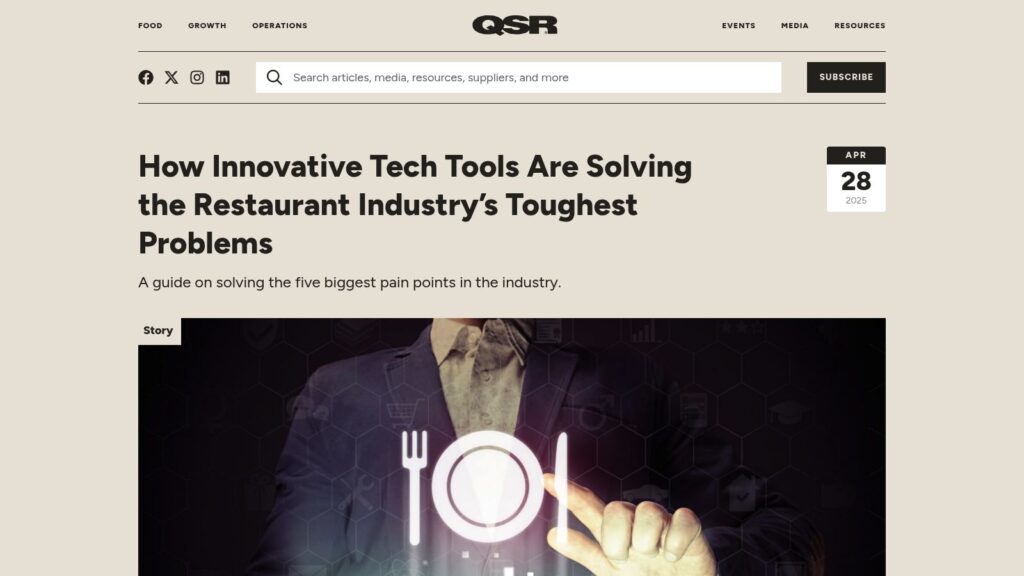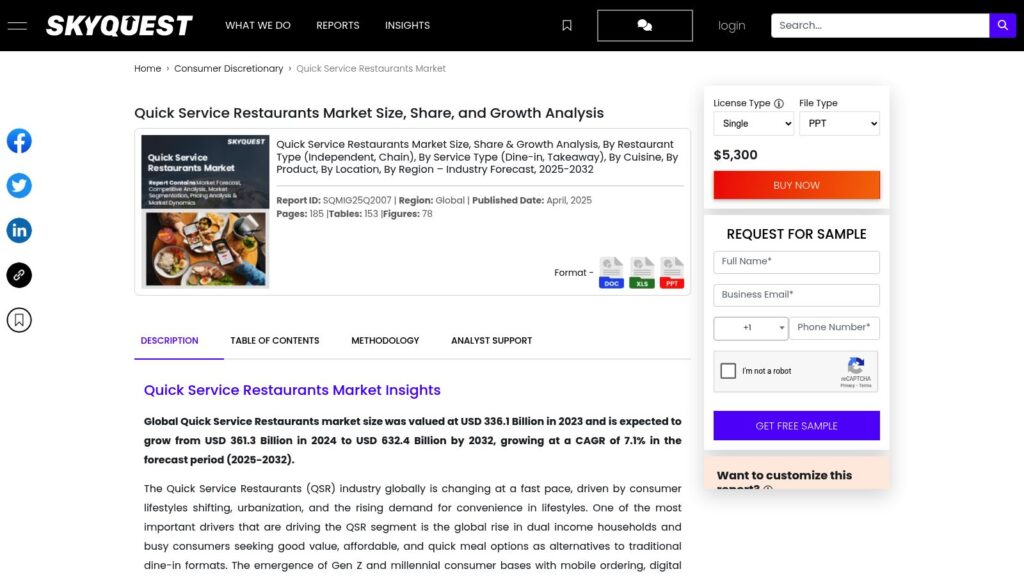Beyond the Counter: How Kiosks Are Revolutionizing the Fast Food Experience
Kiosks are transforming the fast food industry, shifting from traditional counters to self-service options that enhance customer experience. The 2025 Phygital Index Report reveals 61% of diners prefer more kiosks, driven by demand for personalization and convenience. Kiosks not only facilitate ordering but also utilize loyalty systems to provide tailored suggestions, thereby increasing engagement and revenue. This technology is essential for QSRs and fast-casual restaurants to adapt to evolving consumer expectations and foster lasting loyalty through enhanced experiences.
